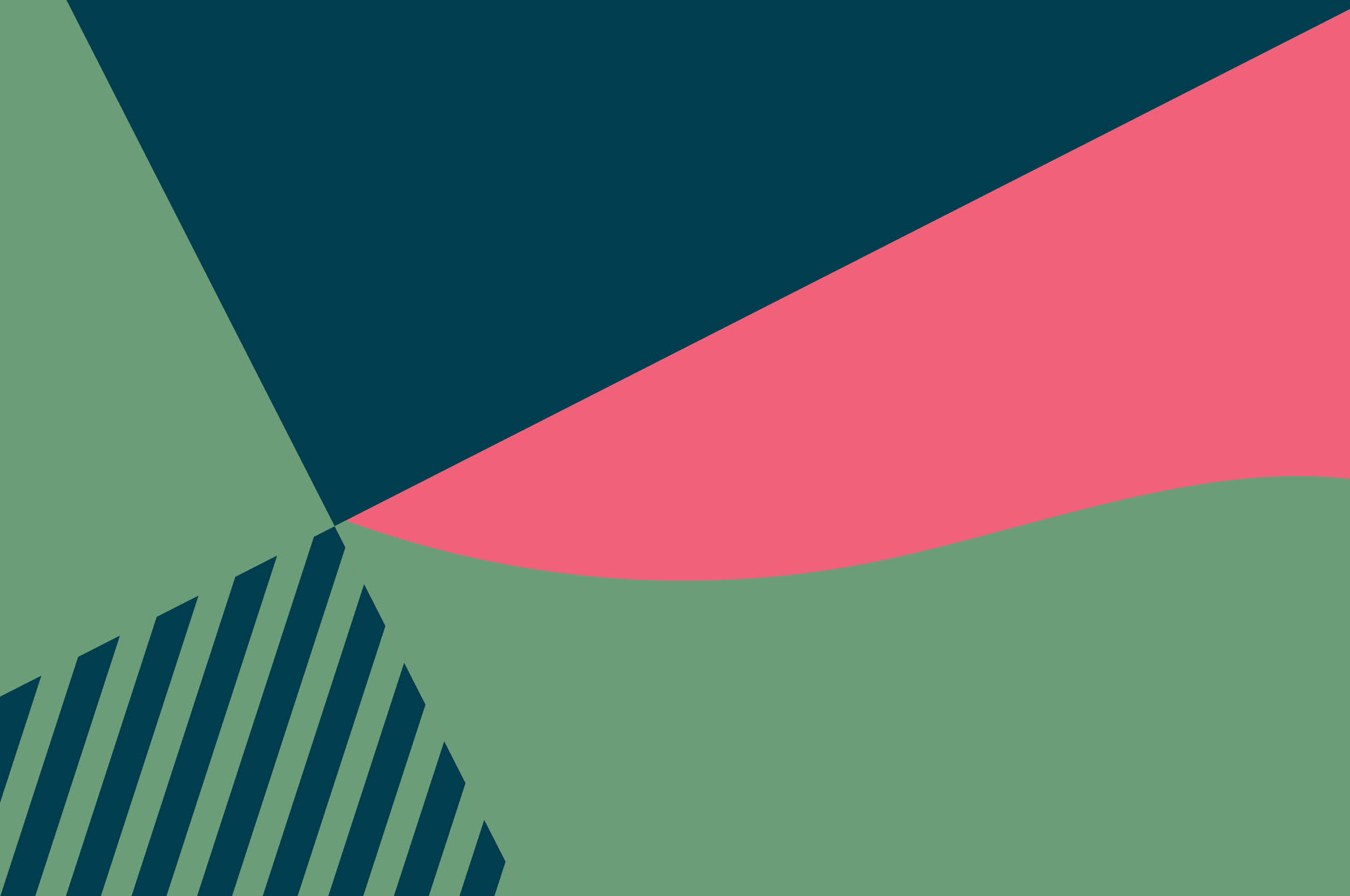
Barriers to organizational learning
Published: June 08, 2017
With the speed of technological development these days, business agility - the ability to adapt quickly to a changing competitive landscape - is a term that has been repeated often by executives and in company boards. However, when going from XX to XXI century speed is not trivial, leading to innumerous organization transformation initiatives. So much so that many organizations are already feeling transformation fatigue - the sinking feeling that the new change program presented by management will result in as little change as the one that failed in the previous fiscal year.
The PDCA (Plan-Do-Check-Act)[1] is a popular framework for continuous improvement that can be used to describe many organizational innovation initiatives today. To learn and adapt quickly, organizations need to iterate through the PDCA cycle as many times as possible in the shortest amount of time possible.

Innovations created this way are made tangible when they are published and standardized. As it turns out, even the most conservative companies publish and standardize - where they lose out is in the speed of execution of learning. Publicly traded companies established under the traditional competitive landscape are usually still managed with annual planning cycles, bogged down by bureaucratic structures and driven by short-term financial goals. These elements prevent the agile innovation necessary to get ahead in the competitive landscape we see today.

Long budget cycles combined with short-term focus can cause a lack of alignment between long term plans and short term decisions because investment plans made annually are measured every quarter. Who would dare to innovate when an error in annual planning will be criticized at least three times before you have a chance to change your plan?
Mental models have a big role in how organizations make decisions and learn from it, through processes we call single-loop learning and double-loop learning[3]: Mental models shared by the organization determine the practices used to perform a certain task. From results, you can make the adjustment, improvement or correction of a given practice. This is the single-loop.

Sometimes, however, the results lead us to question existing mental models - the very same models that the organization currently uses to share information and has been using to make decisions. This is called double-loop learning, a second order learning where one questions, for example, why a group does things the way they do.
This process would be relatively simple if not for the fact that, according to Yale and Harvard scholar Chris Argyris[4], usually people and organizations bring not one but two mental models: the first is what we call Espoused Theories - the way the organization communicates explicitly on its website, through marketing materials, training materials, speeches and other artifacts. Conversely, along with this public mental model, organizations also have a set of Theories-in-use, the tacit models that they actually use to make decisions and that are not discussed openly.
When a change in the mental model means confronting the inconsistency between what we think and what we say, a natural defense mechanism kicks in that causes us to avoid questioning our beliefs. This tendency is what Argyris calls 'skilled incompetence'. When this skilled incompetence mechanism is in play, people demonstrate a need to maintain 'control' and 'win' a 'rational' conversation that suppresses the feelings of insecurity that questioning our comfortably-held beliefs produce.
This shows a fundamental paradox: everyone wants change, but few want to change themselves. Although the organization itself doesn’t have feelings, all change goes through people who do. This means that one has to consider human emotions when attempting organizational change. It is necessary to be able to have honest conversations about the current limitations for change and for that, a safe environment is necessary.
One way to reduce the risk that current budgeting models impose to innovation is to do small, "safe to fail" experiments[5] designed to quickly answer your most risky assumptions before committing to a large organizational change. In addition, there are modern management techniques that free companies of annual budget cycles. The book Lean Enterprise is a great starting point to understand new management models like beyond budgeting[6] and how to safely explore innovative ideas.
Overcoming the mechanisms that create the gridlock that hinders second-order learning requires a culture of trust and a spirit of honest debate based on valid information to support your decisions. This is a challenge that involves an investigation of the implicit mental models of the organization. Follow the Thoughtworks Transformation blog to learn more on how to transform your organization.
[2] - https://en.wikipedia.org/wiki/Mental_model
[3] - https://en.wikipedia.org/wiki/Double-loop_learning
[4] - Argyris, Chris, and Schön. Organizational learning II : theory, method and practice. Reading, Mass Wokingham: Addison-Wesley, 1996.
[5] - http://cognitive-edge.com/methods/safe-to-fail-probes/
[6] - http://bbrt.org/product/implementing-beyond-budgeting/
Organizational learning versus the annual planning paradox
Culture change is a big part of any organizational transformation and there is no single formula for success when it comes to evolving a company’s culture. Just as each organization is unique, each transformation will be unique. Each company will have to live and learn its new ways of working. In order to compete in an ever changing market, companies need the ability to learn and adapt. A firm 'learns' through the spread of innovative solutions discovered by individuals faced with real problems across the organization.The PDCA (Plan-Do-Check-Act)[1] is a popular framework for continuous improvement that can be used to describe many organizational innovation initiatives today. To learn and adapt quickly, organizations need to iterate through the PDCA cycle as many times as possible in the shortest amount of time possible.

Innovations created this way are made tangible when they are published and standardized. As it turns out, even the most conservative companies publish and standardize - where they lose out is in the speed of execution of learning. Publicly traded companies established under the traditional competitive landscape are usually still managed with annual planning cycles, bogged down by bureaucratic structures and driven by short-term financial goals. These elements prevent the agile innovation necessary to get ahead in the competitive landscape we see today.

Long budget cycles combined with short-term focus can cause a lack of alignment between long term plans and short term decisions because investment plans made annually are measured every quarter. Who would dare to innovate when an error in annual planning will be criticized at least three times before you have a chance to change your plan?
Organizations don’t learn - people learn and change the organization
Organizational knowledge is an aspect of its culture and reflects the history of organizational learnings. But one can’t keep all this knowledge in one’s mind. Instead, a simplified model based on generalizations is used. This codified knowledge is called a mental model[2] and is communicated between members of the organization.Mental models have a big role in how organizations make decisions and learn from it, through processes we call single-loop learning and double-loop learning[3]: Mental models shared by the organization determine the practices used to perform a certain task. From results, you can make the adjustment, improvement or correction of a given practice. This is the single-loop.

Sometimes, however, the results lead us to question existing mental models - the very same models that the organization currently uses to share information and has been using to make decisions. This is called double-loop learning, a second order learning where one questions, for example, why a group does things the way they do.
This process would be relatively simple if not for the fact that, according to Yale and Harvard scholar Chris Argyris[4], usually people and organizations bring not one but two mental models: the first is what we call Espoused Theories - the way the organization communicates explicitly on its website, through marketing materials, training materials, speeches and other artifacts. Conversely, along with this public mental model, organizations also have a set of Theories-in-use, the tacit models that they actually use to make decisions and that are not discussed openly.
When a change in the mental model means confronting the inconsistency between what we think and what we say, a natural defense mechanism kicks in that causes us to avoid questioning our beliefs. This tendency is what Argyris calls 'skilled incompetence'. When this skilled incompetence mechanism is in play, people demonstrate a need to maintain 'control' and 'win' a 'rational' conversation that suppresses the feelings of insecurity that questioning our comfortably-held beliefs produce.
This shows a fundamental paradox: everyone wants change, but few want to change themselves. Although the organization itself doesn’t have feelings, all change goes through people who do. This means that one has to consider human emotions when attempting organizational change. It is necessary to be able to have honest conversations about the current limitations for change and for that, a safe environment is necessary.
Create safety before seeking change
If you want a successful organizational transformation process towards business agility, it is important to first address these two barriers to learning: the high risk that the organizational structures of today impose on innovation; and the lack of discussion about the inconsistency between your company’s Espoused Theories and Theories-in-use.One way to reduce the risk that current budgeting models impose to innovation is to do small, "safe to fail" experiments[5] designed to quickly answer your most risky assumptions before committing to a large organizational change. In addition, there are modern management techniques that free companies of annual budget cycles. The book Lean Enterprise is a great starting point to understand new management models like beyond budgeting[6] and how to safely explore innovative ideas.
Overcoming the mechanisms that create the gridlock that hinders second-order learning requires a culture of trust and a spirit of honest debate based on valid information to support your decisions. This is a challenge that involves an investigation of the implicit mental models of the organization. Follow the Thoughtworks Transformation blog to learn more on how to transform your organization.
Resources
[1] - https://en.wikipedia.org/wiki/PDCA[2] - https://en.wikipedia.org/wiki/Mental_model
[3] - https://en.wikipedia.org/wiki/Double-loop_learning
[4] - Argyris, Chris, and Schön. Organizational learning II : theory, method and practice. Reading, Mass Wokingham: Addison-Wesley, 1996.
[5] - http://cognitive-edge.com/methods/safe-to-fail-probes/
[6] - http://bbrt.org/product/implementing-beyond-budgeting/
Disclaimer: The statements and opinions expressed in this article are those of the author(s) and do not necessarily reflect the positions of Thoughtworks.

















